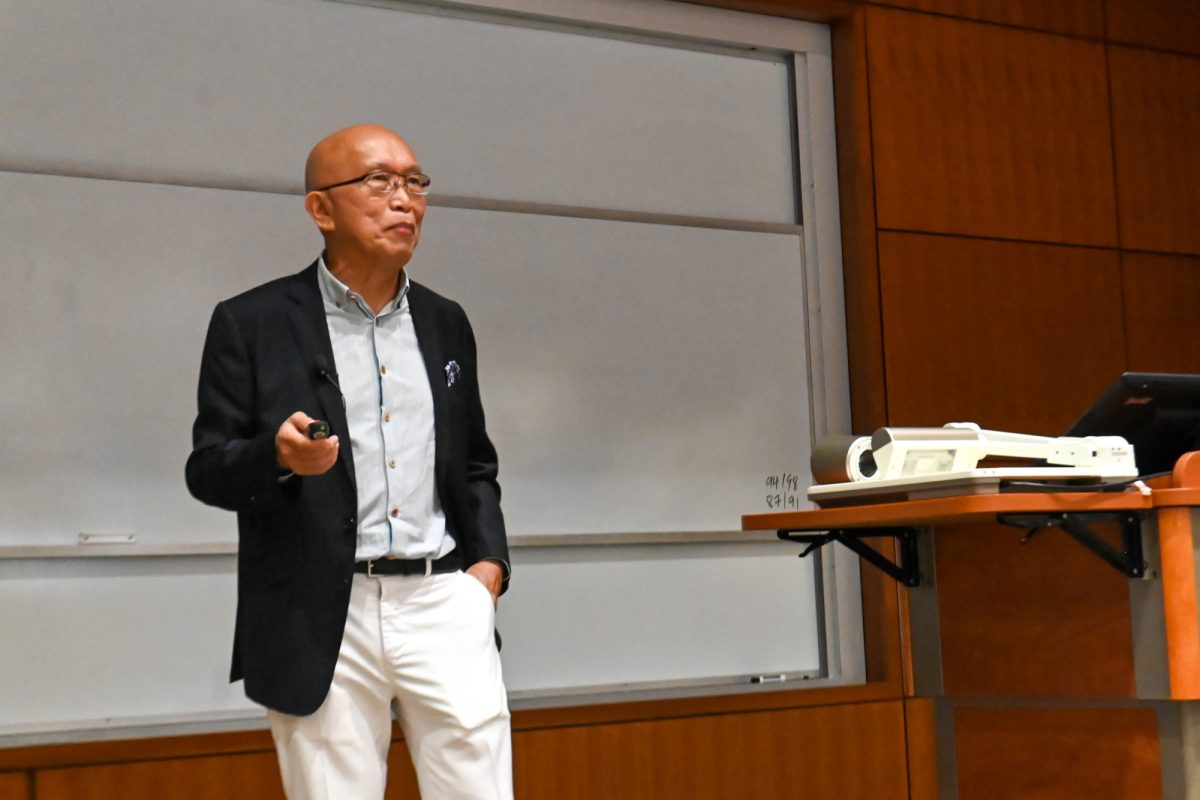Somerset Development to be ‘village concept’
June 25, 1998
The Somerset Development, located north of the intersection of Stange Road and 24th Street, is rapidly taking shape with the construction of several new homes.
Hillary Howard, of Hunziker Property Management, called Somerset a “village concept” and said she expects the entire project will take another five to 10 years to complete.
Although living areas will make up the bulk of the new development, Somerset will also include other community buildings. The property is zoned for 259 detached units, 206 attached units, 464 multi-family units, 6.8 acres of commercial space, two churches, one day-care area, one school, one assisted-living area, five parks and one lake with a pavilion, said Jeff Fenimore, head architect for the Somerset development.
Howard said three or four residents currently live at Somerset, and about eight houses have been completed. Fenimore echoed Howard’s comments that Somerset would provide a community environment.
“[The intent is] to develop a neighborhood environment that would rekindle the idea of neighborhood,” Fenimore said.
Somerset’s goal for tenants is broad-based, Fenimore said, targeting both the elderly and younger families for living units of various sizes. Living areas will include efficiencies, apartments, town houses and row houses.
Fenimore said the completion date may take longer than the currently projected five to 10 years, depending on the market for houses in the development.
The original idea for Somerset was developed by the City of Ames staff, who fostered the idea and took it to developers in 1997. The land was then bought from the owners and work began. The zoning of the land involved a four-step plan. First, city zoning issues were handled, such as lot lines and housing types. Then architecture guidelines were submitted and approved.
Next, the land use policy plan was reviewed and amended as needed to comply with subdivision covenants such as minimum size of buildings.
Fenimore said when planning the building of the units, the developers used historical references to ensure the residence was more prominent than secondary buildings on the site, such as garages.
The “streetscapes” at Somerset include tree-lined streets and more street light poles. Parking requirements were included, and in some cases, curb-side parking was allowed to be calculated as part of off-street parking requirements.
The city elements allowed, such as the church and assisted-living areas, were those that were commonly associated with the area. Fenimore said developers wanted to build a village atmosphere with the commercial elements.
“[Developers] used traditional techniques to build a community for today,” Fenimore said.
Recently, a Parade of Homes was sponsored, which Howard and Fenimore said elicited very positive responses from the Ames community.






